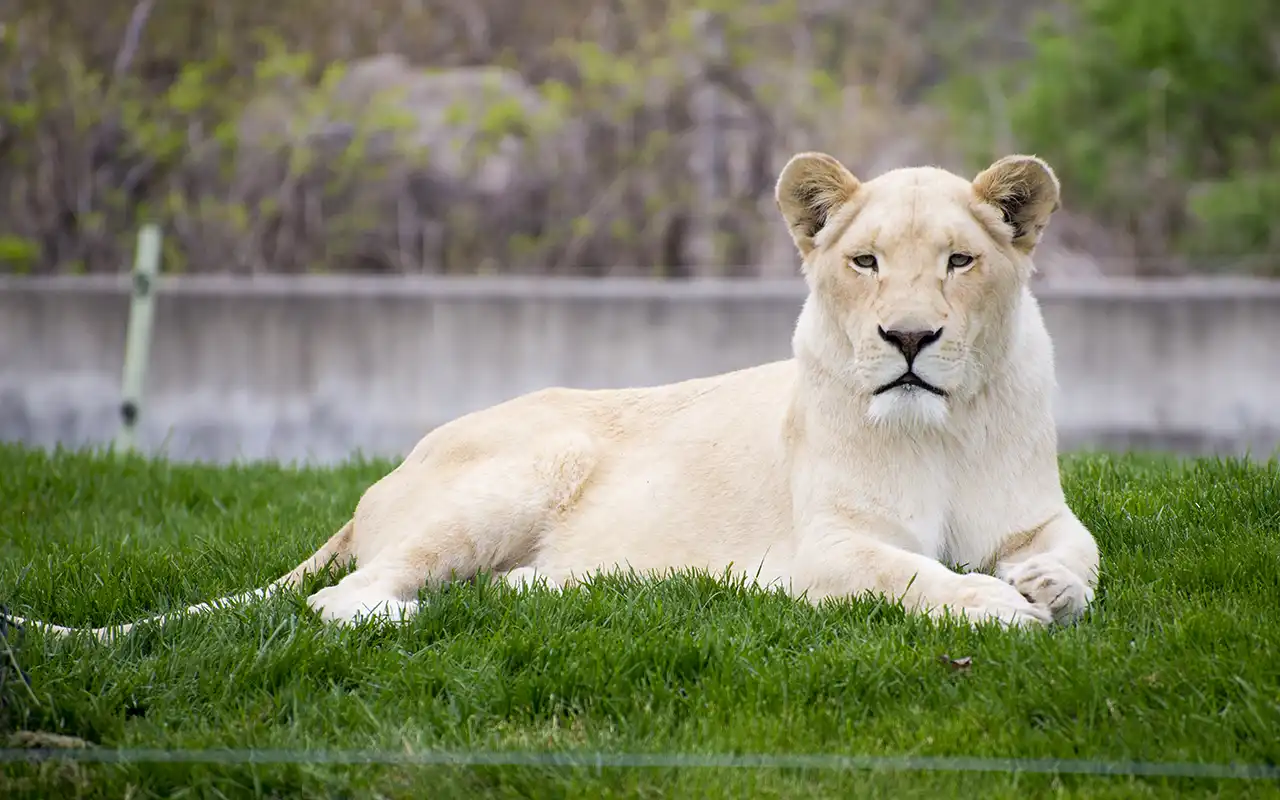Claim to Fame
The Toronto Zoo is Canada’s largest zoo, home to over 4,000 animals representing more than 300 species across immersive geographic zones.
📌 Navigating Toronto Zoo : Answers to Frequently Asked Questions
- Important Information: The Toronto Zoo is one of the largest zoos in Canada, dedicated to providing an engaging experience while promoting conservation awareness and education about wildlife and habitats.
- Washrooms: Accessible washrooms are strategically located throughout the zoo for convenience.
- Hours of Operation: The zoo's hours vary seasonally, typically opening around 9:00 am and closing in the late afternoon or evening. Checking the zoo's website for current hours is recommended.
- How Long to Visit: Visitors typically spend 3-4 hours at the zoo, but a full day can be spent exploring all the exhibits, especially if attending special presentations or tours.
- Admission Fee: Admission fees apply for entry to the zoo, with various ticket options available, including discounts for children, seniors, and families.
- Parking: The Toronto Zoo has ample parking available for visitors, though parking fees apply. During peak times, arriving early is recommended to secure a spot.
- Family Friendly: Ideal for family visits, the zoo provides a fun and educational experience for all ages, with interactive exhibits and activities tailored for children.
- Photography: Photography is encouraged for personal use to capture the zoo's diverse wildlife and beautiful landscapes. Commercial photography requires permission.
- WIFI: WIFI is available in select areas throughout the zoo, allowing visitors to stay connected and share their experiences.
- Picnic Area: While there are no designated picnic areas, visitors are welcome to bring their own food and enjoy it at various seating areas throughout the zoo.
- Handicap Accessible: The zoo is accessible to visitors with disabilities, offering rental wheelchairs and accessible pathways, along with accessible washrooms and parking spaces.
- Pets: Pets are not allowed inside the zoo to ensure the safety and well-being of the animals and visitors. Service animals are permitted in most areas with some restrictions.
- Guided Tours: Guided tours are available, offering in-depth information about the animals, conservation efforts, and behind-the-scenes insights.
- Restaurant or Cafe: Multiple dining options are available, ranging from snack bars and food trucks to sit-down restaurants, catering to a variety of tastes and dietary needs.
- Gift Shop: The zoo's gift shop offers a wide array of souvenirs, educational toys, apparel, and conservation-themed items, perfect for memorabilia or gifts.
Photos of Toronto Zoo
Stretching over 700 acres, the Toronto Zoo offers a global safari without leaving the city. Divided into regions such as Africa, Indo-Malaya, Tundra Trek, and the Americas, the zoo is a place where wildlife, education, and conservation come together. From endangered snow leopards to giant pandas and kangaroos, the variety of animals is matched only by the immersive environments created for them.
Perfect for families, animal lovers, and curious minds of all ages, the Toronto Zoo blends entertainment with education on a grand scale.
What to Expect
Plan for a full day — the zoo is expansive, with miles of walking trails, interactive exhibits, and both indoor and outdoor pavilions. You’ll explore ecosystems from the savannas of Africa to the forests of the Americas. Highlights include the Gorilla Rainforest, the Great Barrier Reef tank, the Tundra Trek with polar bears, and the Kids Zoo with interactive farm animals and play zones.
Daily keeper talks and scheduled feedings add to the experience, giving visitors insight into animal behavior and care. A Zoomobile shuttle also helps cover the larger areas with less walking.
Background and Cultural Context
Opened in 1974, the Toronto Zoo is one of the most respected zoological institutions in North America. It’s not just about viewing animals — the zoo leads global efforts in species preservation, animal welfare, and biodiversity research. Programs like breeding endangered species and rehabilitating native wildlife are core to its mission.
It also partners with global conservation initiatives, contributing to broader efforts to protect ecosystems and threatened species worldwide.
Best Time to Visit
Spring and fall offer mild temperatures and smaller crowds. Mornings are best for seeing active animals, especially in the warmer months when many rest during peak afternoon heat. Weekdays are quieter than weekends, making it easier to explore at your own pace.
How to Get There
Located in Toronto’s Rouge Valley, the zoo is accessible by car (ample parking is available). TTC also operates bus routes (e.g., 86A Scarborough) that connect to the zoo from Kennedy Station. Signage and dedicated access roads make arrival straightforward.
Photo Opportunities
- Majestic lions and tigers in naturalistic habitats
- Polar bears swimming in underwater viewing tanks
- The indoor tropical pavilions with lush greenery and exotic birds
- Close-ups at the Kids Zoo and Butterfly Garden
Travel Tips
- Bring comfortable walking shoes — distances between zones can be long.
- Food is available on-site, but you can also bring a picnic lunch.
- Check the daily schedule for special animal feedings and shows.
- Some exhibits are indoors, making the zoo partially weather-friendly.
FAQs
Is the zoo open year-round?
Yes — while some animals are off-exhibit in winter, many indoor pavilions and cold-weather animals remain on display year-round.
Can I rent a stroller or wagon?
Yes — rentals are available at the front entrance for families with young children.
How long should I plan to visit?
At least 4–6 hours to cover all major zones; longer with kids or if you attend scheduled events.
Final Thoughts
The Toronto Zoo is more than a tourist attraction — it’s a destination for discovery, conservation, and unforgettable encounters with wildlife. Whether you're traveling solo or with a group, it offers a meaningful and inspiring day immersed in the natural world.
